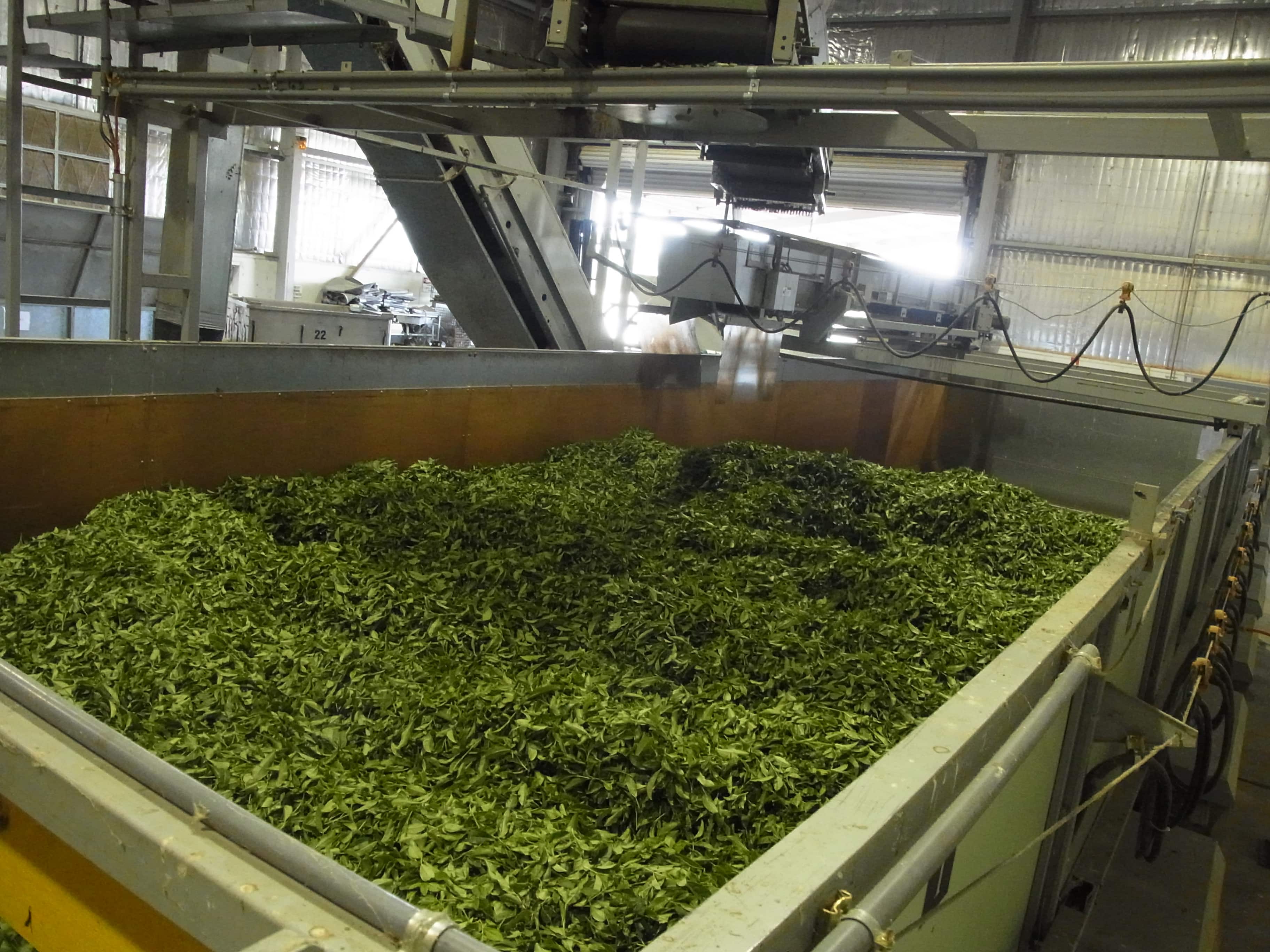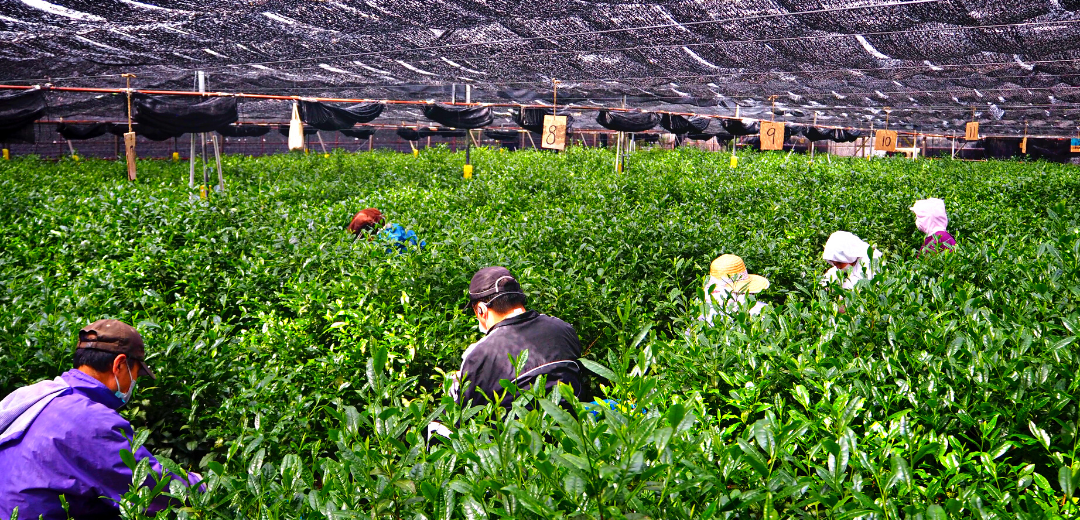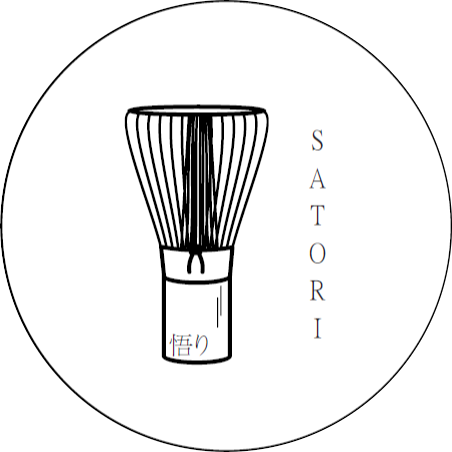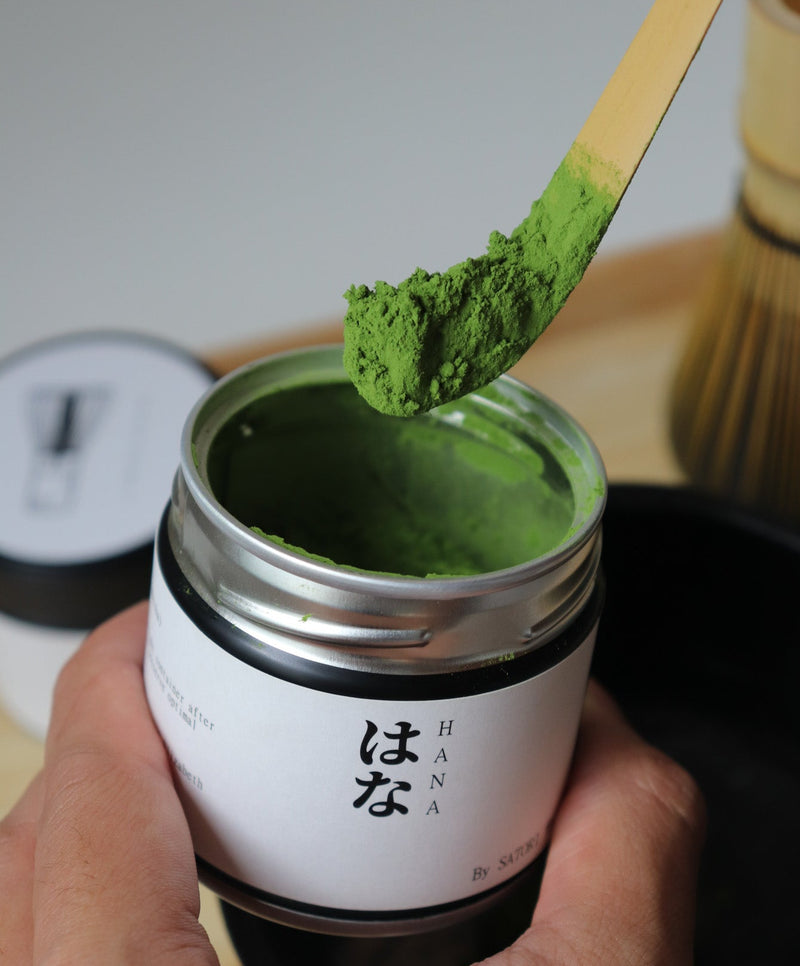Matcha is more than just a trendy green powder; it’s a centuries-old tradition steeped in craftsmanship, care, and culture. But have you ever wondered what goes into making matcha and why it commands such a premium price? Let’s uncover the story behind matcha’s journey from farm to cup—and why it’s worth every sip.
How Matcha is Made: A Labor of Love
The process of creating matcha stem from detail-oriented, requiring patience, skill, and an unwavering commitment to quality.
-
Shading the Tea Plants
Matcha production begins weeks before harvest when tea plants are shaded from the sun. This unique step reduces photosynthesis, forcing the plants to work harder to produce chlorophyll.This will lead the matcha powder to be vibrantly green leaves packed with nutrients and a delicate umami flavor.
-
Hand-Harvesting: Only the Best
When it’s time to harvest, only the youngest, tenderest leaves are plucked by hand. This ensures that the final product is smooth and free of bitterness.
-
Steaming and Drying
The freshly harvested leaves are steamed immediately to preserve their color and nutrients. Then, they’re dried carefully to prevent oxidation, keeping the flavors fresh and vibrant.
-
De-Stemming and De-Veining
After drying, the leaves are stripped of their stems and veins, leaving only the softest parts—known as “tencha.” This step ensures the matcha’s silky texture.
-
Stone Grinding into Powder
Finally, the tencha leaves are ground into an ultra-fine powder using traditional granite stone mills. This process is painstakingly slow—taking up to an hour to produce just 30 grams of matcha—but it’s crucial for achieving the signature smoothness and rich flavor.
Why Matcha is So Expensive
The price of matcha reflects the time, labor, and expertise required to create it. Here’s why it’s worth the investment:
-
Labor-Intensive Production
From shading to stone grinding, every step of matcha production requires careful attention to detail. This is not a process that can be rushed or mass-produced without compromising quality.
-
Limited Supply, High Demand
Matcha is primarily grown in Japan, with only a few regions—like Uji, Nishio, and Shizuoka—producing the finest grades. With demand growing worldwide, premium matcha remains a rare and sought-after delicacy.
-
Craftsmanship and Expertise
Producing matcha isn’t just farming—it’s an art. Generations of tea masters dedicate their lives to perfecting the craft, ensuring that every batch meets the highest standards.
-
Nutritional Density
Matcha is a nutritional powerhouse, rich in antioxidants, amino acids, and vitamins. The painstaking process ensures that the final product delivers not just on taste but also on health benefits.
See the Process for Yourself
At Satori Tea House, we believe that understanding the journey behind your matcha makes every cup even more meaningful. That’s why we’re creating a video to showcase the incredible craftsmanship that goes into making matcha. Stay tuned to watch this labor of love come to life!
A Sip of Tradition and Excellence
When you enjoy a cup of matcha, you’re not just drinking tea—you’re experiencing centuries of tradition, artistry, and care. While the price may seem high, it’s a reflection of the extraordinary effort behind this beloved beverage.
So the next time you sip matcha, take a moment to appreciate the journey it took to reach your cup. At Satori Tea House, we’re proud to share this incredible story with you—one vibrant, velvety sip at a time.


